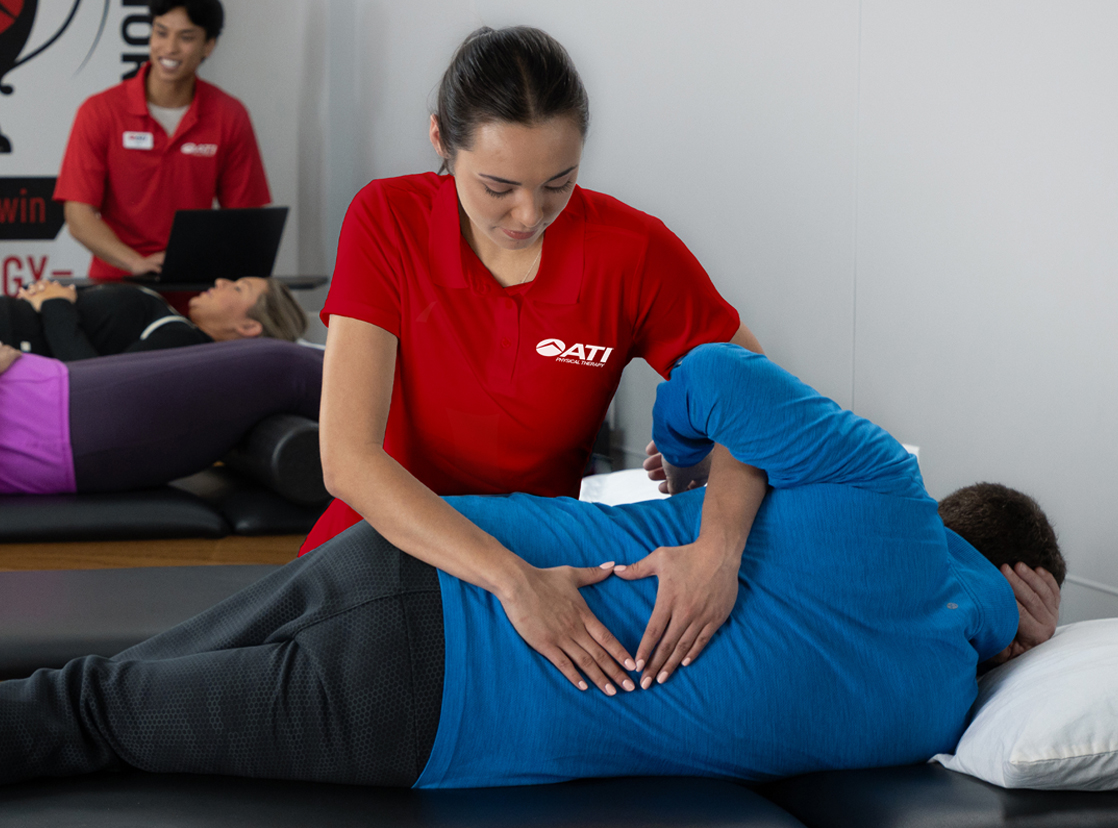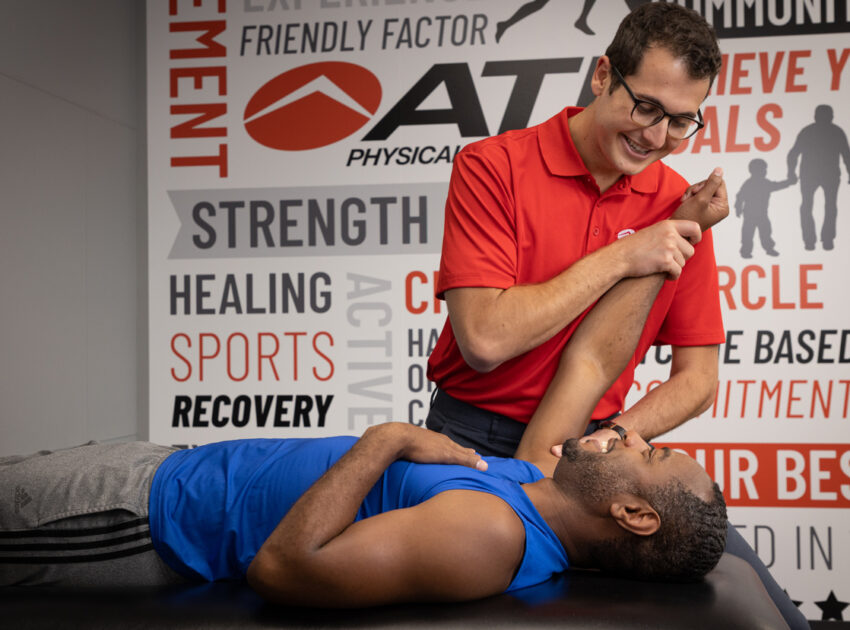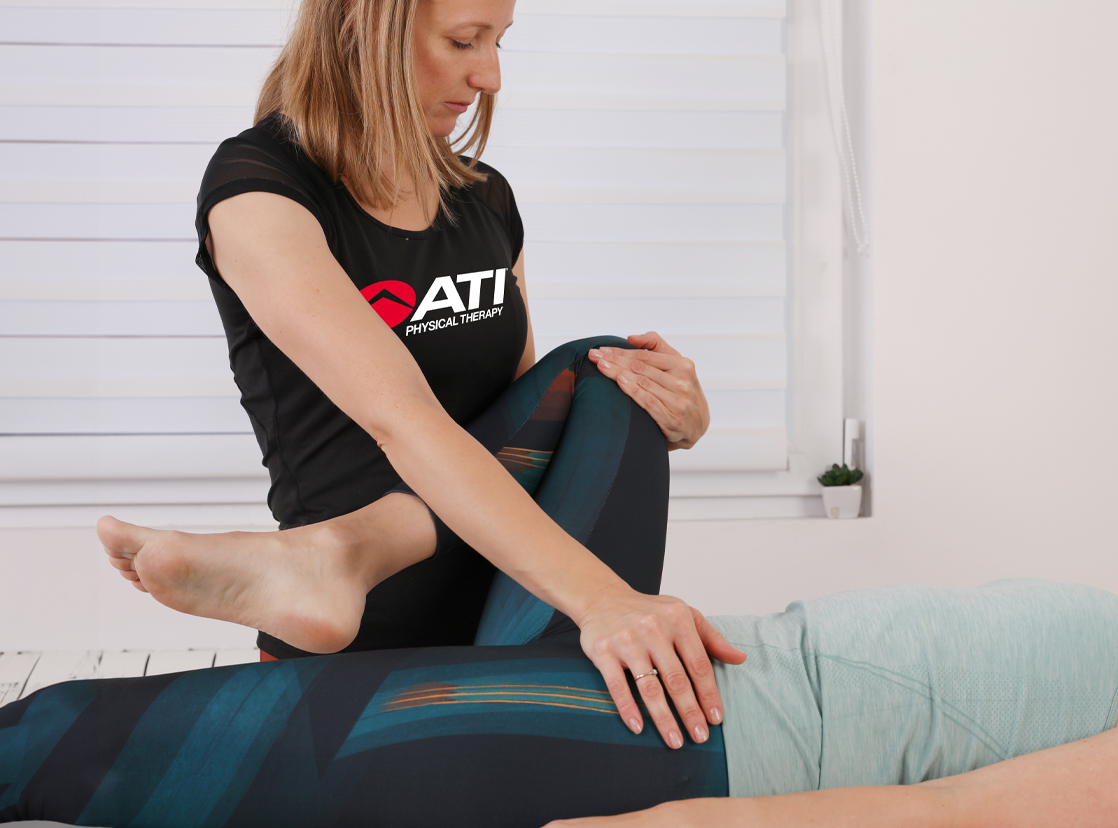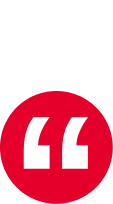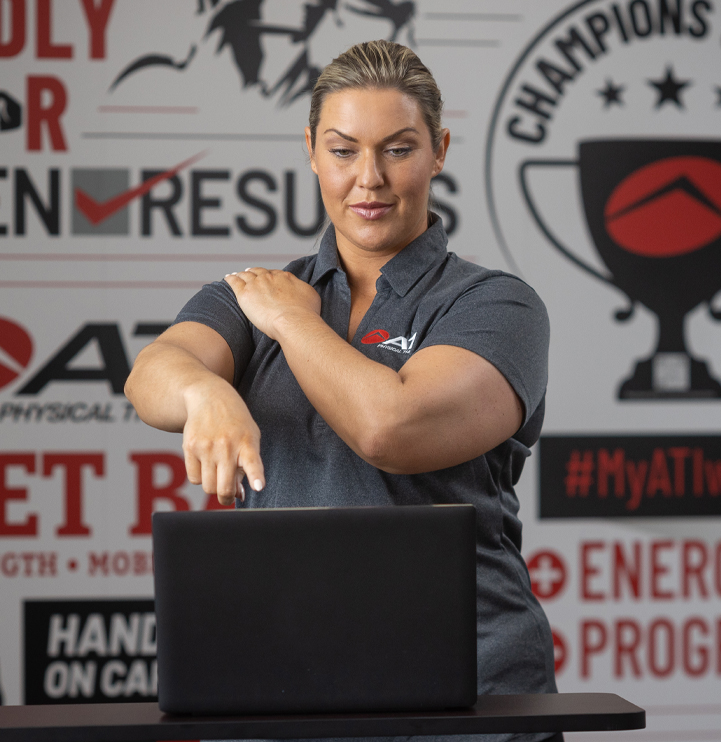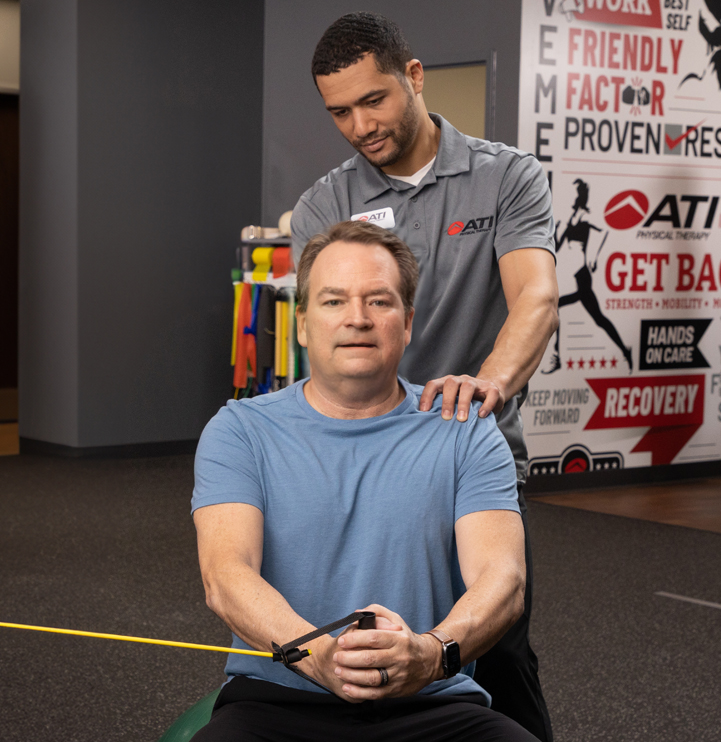The therapists here are very knowledgeable and professional. They did a great job helping me overcome physical limitations and concerns I had regarding getting my knee back to full capabilities after my surgery.
Making Every Life An Active Life
Why Choose ATI Physical Therapy?
At ATI Physical Therapy, we’re committed to making every life an active life by providing you with industry-leading care and personalized treatment plans based on your unique needs. Schedule your first appointment today and let us help you live the life you deserve!


